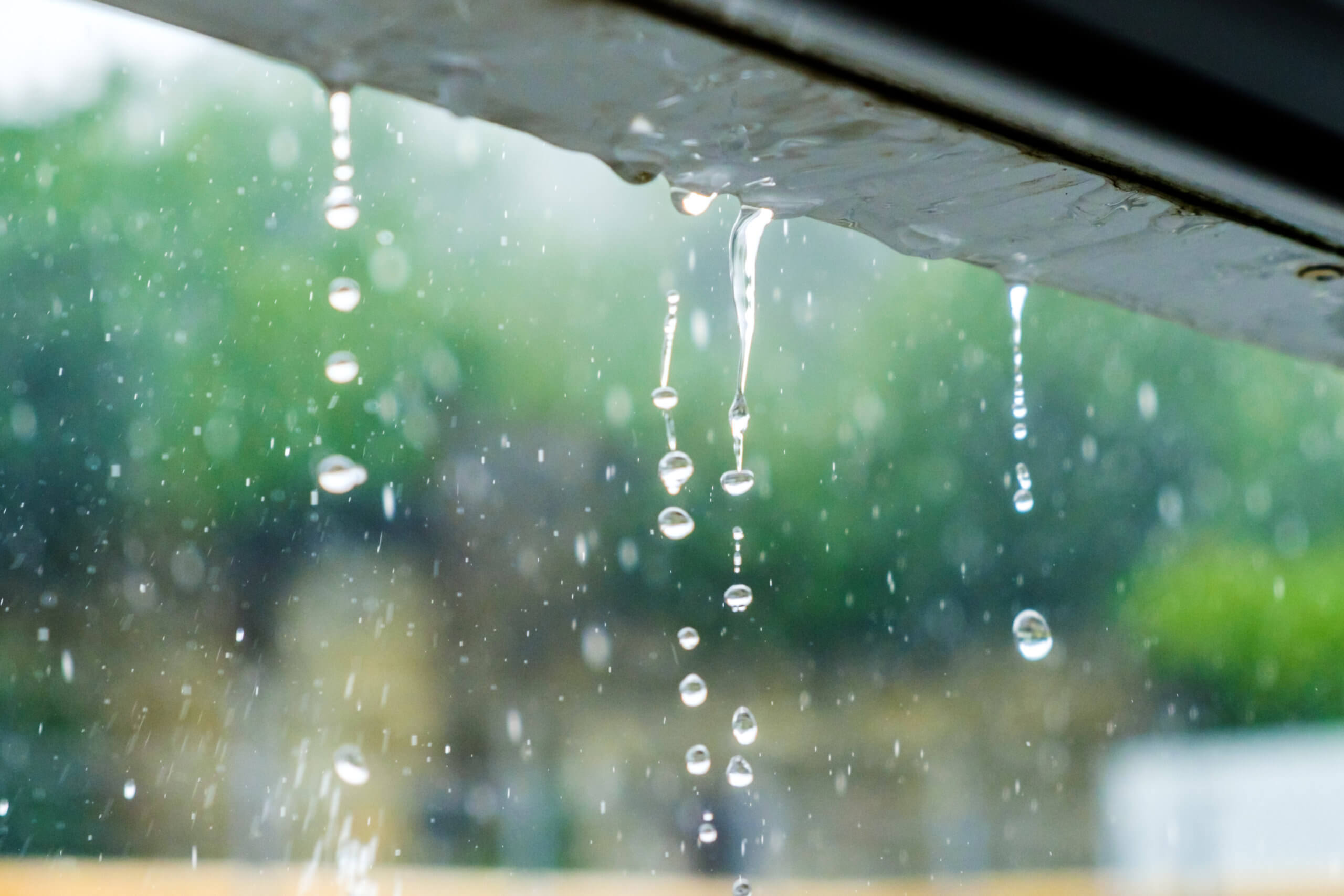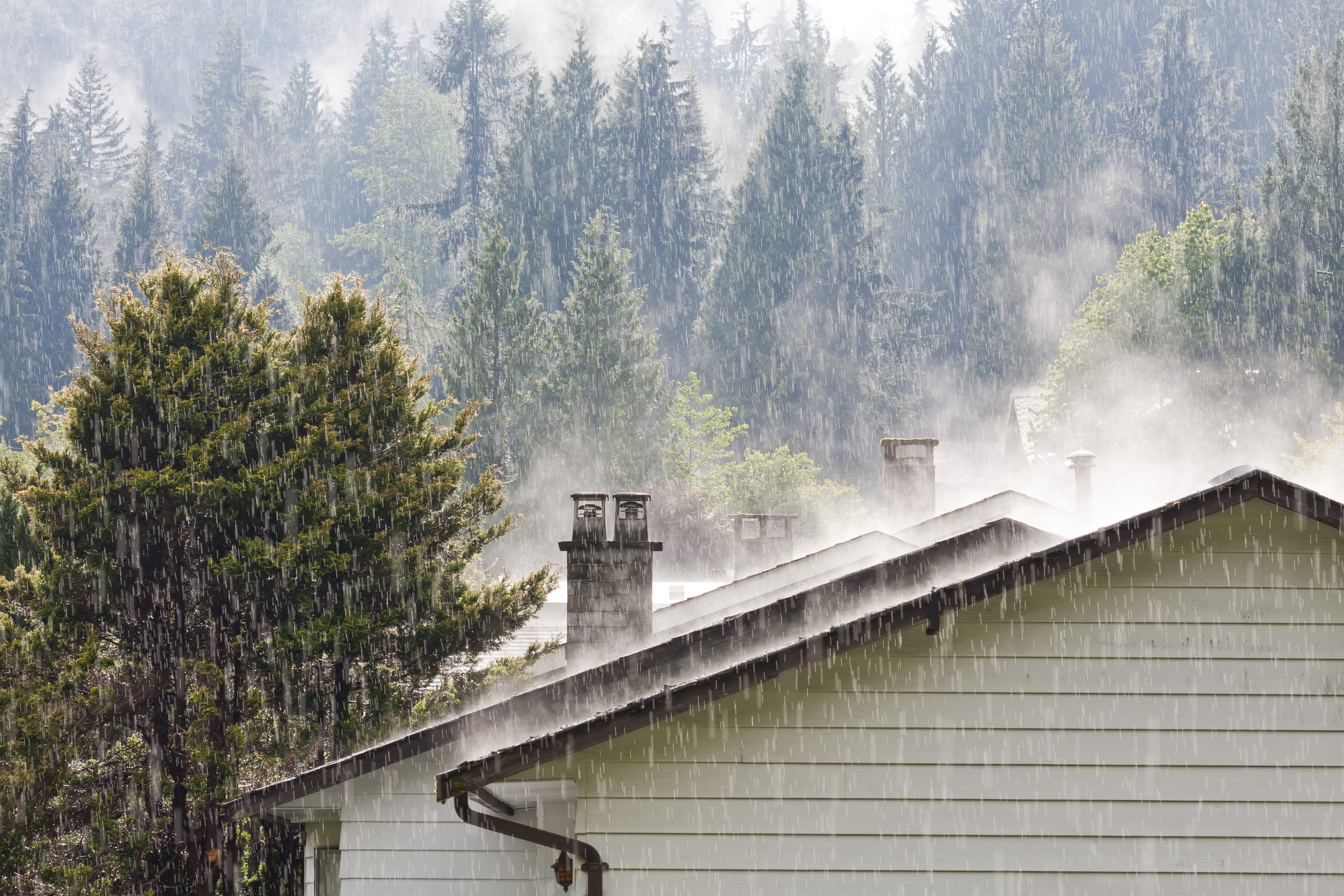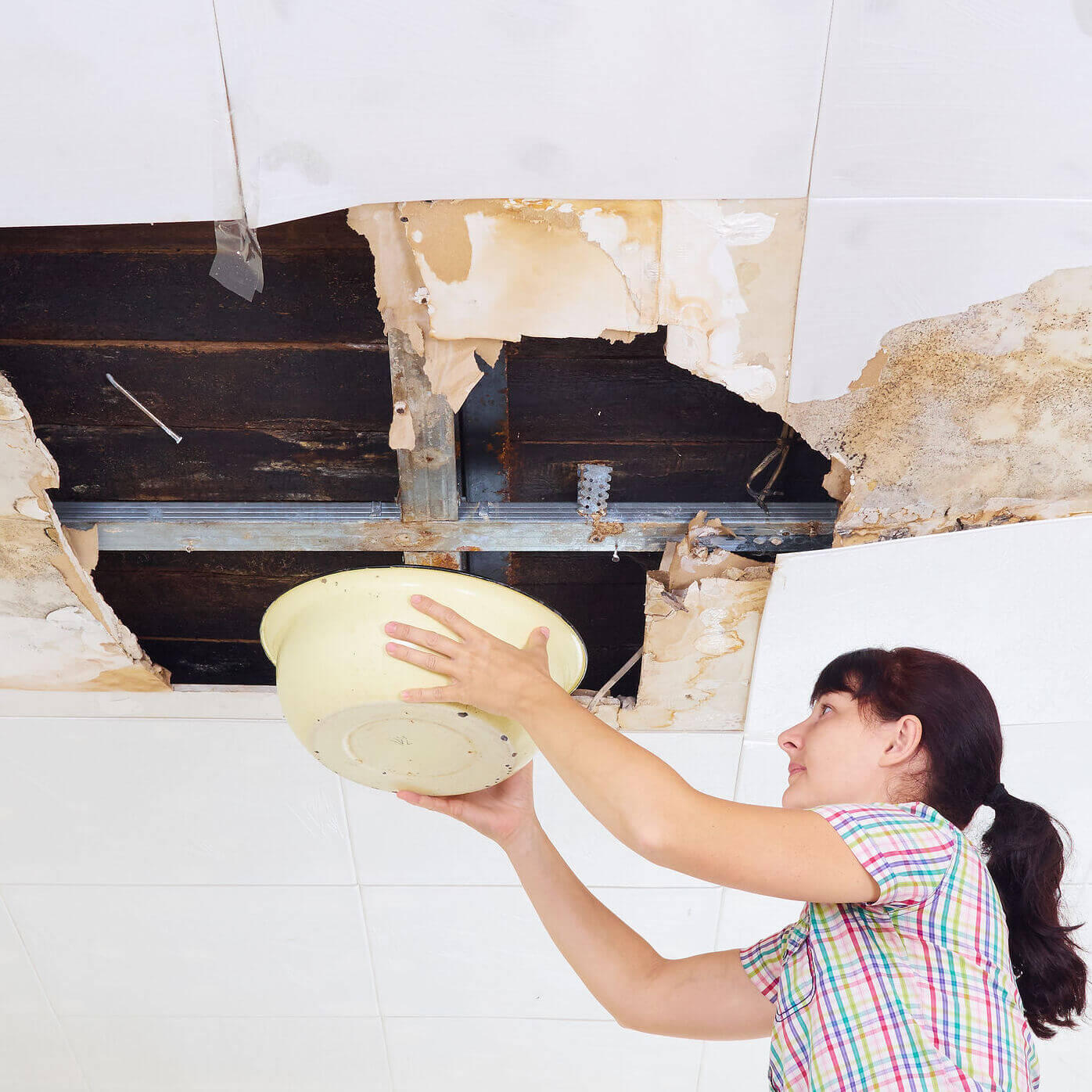

- #Roof leaks in heavy rain cracked
- #Roof leaks in heavy rain install
- #Roof leaks in heavy rain full
- #Roof leaks in heavy rain pro
#Roof leaks in heavy rain install
Ideally, you should replace the existing lead with new lead or install a new GRP fibreglass valley as these last for longer. The valley is prone to leaking during heavy rain and where the valley is found to be the culprit of a leak, it will need to be repaired or replaced. The valley bridges the gap between two sections of a roof. Lead work degrades over time and particularly so on the roof valley.
#Roof leaks in heavy rain cracked
The good news is replacing a cracked tile is a twenty minute job in most cases. The trouble is, it is difficult to find the cracked tile without putting up a ladder and having a good look. Wind-driven rain will batter your roof and water will escape through any cracks, no matter how small they are. Hairline cracks in tiles or ‘splits’ as they are sometimes called cause leaks too. If you have landed on this article because you have noticed a leak after a storm or even after just a windy and rainy day, here are the most common reasons for a leaky roof with wind-driven rain to help you diagnose your problem and get it fixed as soon as possible.Ĭracks in roof tiles need not be huge to cause a significant leak.

Call a quality roofing contractor and begin the process to repair and get your roof back to normal.0 Likes Many people have no idea that their roof is not watertight until a storm hits and wind-driven rain leads to damp spots on the ceiling or that dreaded ‘drip, drip, drip’ on the floor. If your roof leaks in heavy rain, don’t be afraid. This will restore your roof’s ability to shed water. Roof repairs are almost always an effective solution to roof leaks in heavy rain. Whether it’s a cracked piece of flashing, or missing shingles it often looks worse than it is. Any piece of a roofing system can fail which makes it more difficult for a roofer to determine the cause.

In more rare cases, direct blows can create holes in the roof. Most often, direct damage will break a shingle which leads to an area that doesn’t shed water as well. Looking at a roof’s anatomy, there are a myriad of components all working in unison. Problem areas on roofs can develop just about anywhere. If your roof leaks in heavy rain, you may question exactly where it is coming from. If a storm is incoming, a contractor will be able to install a temporary solution prior to the repair, such as placing a tarp over the problem area. Assuming a repair can be done, they will be scheduled as soon as possible.
#Roof leaks in heavy rain full
Experienced roofers maintain cut-off points where an area of damage requires a full replacement versus a repair. Often, when an aging roof is repaired, more issues present themselves elsewhere. For older roofs, a replacement will be necessary as it is quite difficult to repair older shingles. Once a contractor determines the cause of the leak, they create a plan to effectively combat it. While not common, they may have to come during an active storm if the roof leak only occurs during heavy rain. A quality roofing contractor will be able to get to you as soon as possible to check out the issue causing your leak. Roof repair is a common practice for smaller areas of damage that are leaking. Unfortunately, roofers often see roof leaks stemming from heavy rainstorms and weather events.
#Roof leaks in heavy rain pro
Why You Should Call a Pro for Roof Leaks in Heavy Rain?

These are temporary solutions that will get you through the storm. You should move all valuables away from the area of the active leak and place buckets or towels to prevent standing water. This is dangerous, especially if the roof becomes slippery. While it may seem like the best option, a homeowner should never attempt to climb onto their roof during a storm to cover a leak. This is done to ensure no lasting damage. No matter the cause, a roof leaking in heavy rain should be acted upon immediately. These range from simply old age to direct damage, and rarely, faulty products. Faults within a roofing system can develop from many different aspects and lead to leaks. Shingles also create an impervious barrier that stands up to almost all weather events. All possible pooling areas of the roof are considered to best ensure water moves away from the roofing. When built, a roofing system is designed to completely shed water. Any leak signifies a fault within your roofing system. Some leaks may not even be immediately visible and only show up the next day in the form of a discolored spot on a ceiling or wall. Roof leaks in heavy rain can range wildly from small water spots to small rivers coming through lighting fixtures. It is quite terrifying for a homeowner to develop roof leaks in heavy rain.


 0 kommentar(er)
0 kommentar(er)
